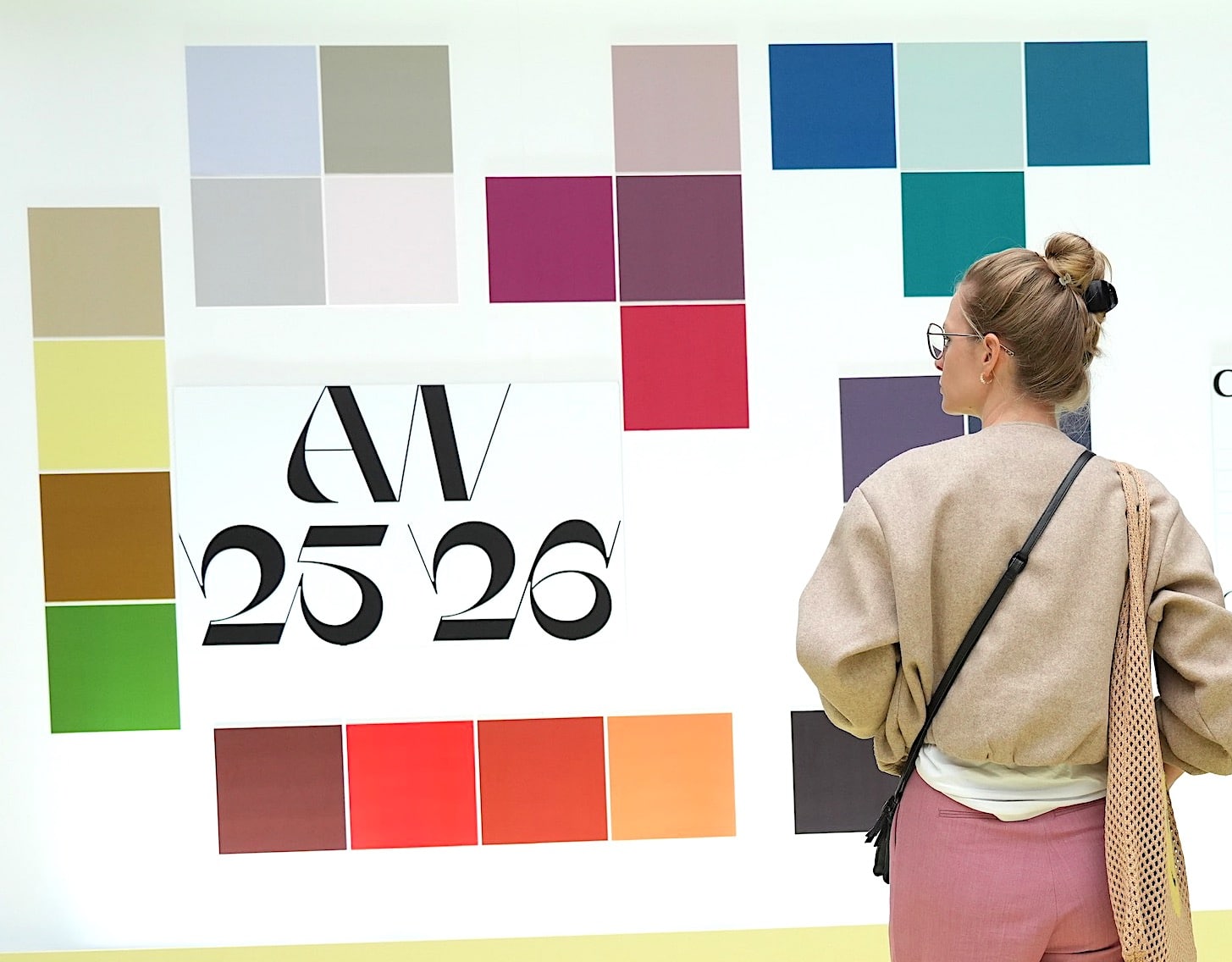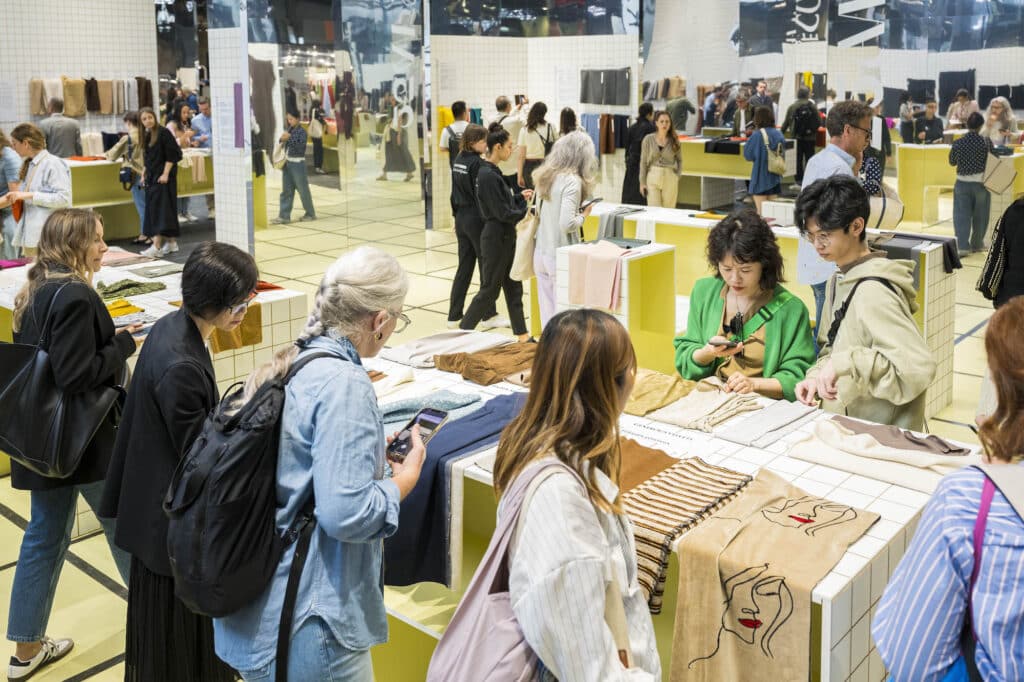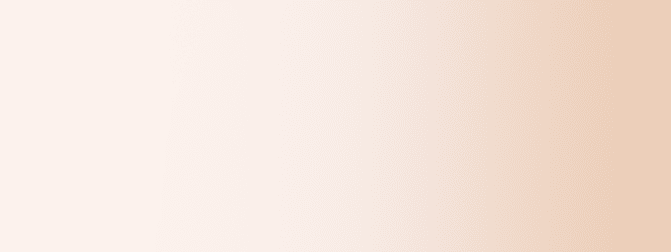
Desolina Suter, a visionary at the forefront of sustainable fashion trends
Desolina Suter, Fashion Director of Première Vision, is a key figure in the world of contemporary fashion. Heading up the definition of trends and colour palettes for the coming seasons, his role is essential in working with international exhibitors. Through strategic meetings and careful exploration of creative visions, she orchestrates the creation of a coherent colour range that guides the global fashion industry. Her commitment to innovation and eco-responsibility is also shaping the sustainable future of the sector.

What is your role as Fashion Director of Première Vision?
My role is to work closely with exhibitors from different fashion sectors to define the trends and colours for the coming season. I try to capture their vision of the future and to build together the colour range that will guide the creation of the collections.
How are the meetings with exhibitors organised and how do you manage to build up a coherent colour range for each season?
Each year we organise country meetings to take account of the specific features of each market, while identifying cross-functional trends. Working with the spokespeople from each country, we develop concepts and strong themes that will guide the creation of joint collections. By analysing feedback from exhibitors and studying the collections received, we are building cross-disciplinary stories for all the fashion professions.
Alongside my role as Fashion Director, I’ve also been a spokesperson for the Italian market for 25 years. So for Italy, I decided to invite a number of exhibitors from very different sectors, such as architects, designers and stylists, to share their vision of the future.
As part of this process, we spend a day together in each country and after this first meeting, a summary is drawn up and all the spokespeople meet to share the feedback from the countries and build the colour range for the following season.

How are these results unified?
All the spokespeople come from the knitwear, cotton, men’s and women’s ready-to-wear sectors, etc., and we see the cross-disciplinary aspects, such as the desire to wear a bright yellow…
Each country chooses its three favourite colours. We try to be as objective and factual as possible, depending on the country. Then we’re going to develop what’s common in the business modules.
For example, this season is very contrasting, and we’ve focused on three themes: one that’s minimal but excellent, with magnificent qualities; another that’s inclusive, with very mixed references and the idea of including different generations (the passage of time as a form of beauty); and a third theme linked to the body: wrapping yourself in softness and comfort, but also a desire to be provocative, to show off while retaining your fragility… Each of these ideas has to be strong to make its mark
Tell us about the business modules…
They cover accessories, leather, design and décor, lingerie, sport and fabrics (including tayloring, lace, casual…).

Who is this service aimed at?
This in-house Première Vision office is designed for our exhibitors. From September, we’ll be travelling to countries where we have a large number of exhibitors. In my case for Italy, I do three presentations in Milan, Prato and Santa Croce for leather, where I have between 100 and 300 registrants. I show them what we’ve identified as the carrier current.
The big difference compared to a design office is that each exhibitor sends us a collection. And at the beginning of May, we received 950 collections!
Meanwhile, our teams will be making selections for sport, lace, etc. They will analyse each collection and select the essentials, which will then be shot and published on our website for use by fashion professionals as part of digital sourcing
Can you give us an example of a story that cuts across all the business lines?
Yes, for example, the story of the wear and tear of time : from the crumpled, the taut to the almost torn in the jacquards jacquards. The art is to highlight elements from the sportswear, knitwear and silk industries in Lyon, to enable visitors to the show to discover future trends and to be in tune with consumers from a number of different sectors.
In reality, Première Vision feeds off its exhibitors. We also question ourselves a lot about the collections we receive. If we receive a product that we haven’t seen for a year and a half – for example, denim blends with wool or alpaca yarns – it’s worth staging it at the show because it’s just coming onto the market.
“Knowledge of the market will fuel our intuition”
Desolina Suter
How did you organise the exhibition forums?
For this year, I wanted something minimal and simplified. I worked with different set designers to create these spaces. For this edition, we created a small private forum called “The Cube” to welcome buyers in a more personalised dimension with exceptional materials. The aim is to showcase the latest trends in a highly attractive package.
A commitment to eco-responsibility seems to be at the heart of Première Vision’s concerns. Can you tell us more about the A Better Way programme and how you are working to promote eco-responsible materials and colours?
Indeed, our commitment to eco-responsibility is a priority for us. A better way emphasises traceability, circularity and the use of alternative resources. My team and I use undyed fibres, coloured cottons on the plant and even fluorescent colours in an environmentally-friendly way.
Fashion is a desire, a game, and we need a wide palette of colours to suit all tastes! I think it’s important to continue to cultivate this playful aspect, this need for glitter, so that colours evolve.
Photos : Première Vision







